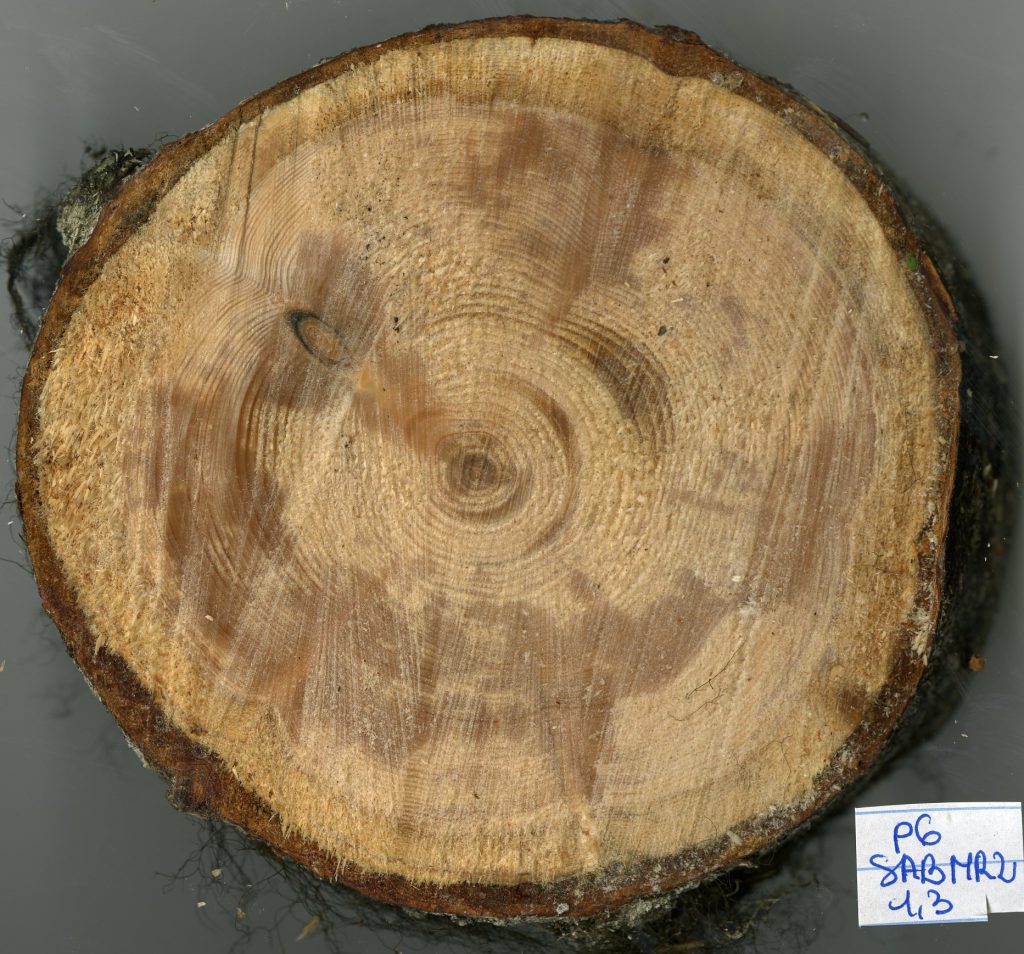Financial analysis of the potential of dead trees to serve as feedstock for wood pellet export

Picture : Dead balsam wood
Global demand for forest biomass feedstock has increased drastically in recent years, mainly due to the implementation of policies and strategies for climate change mitigation and renewable energy production in many jurisdictions.
The biomass from dead trees has been recognized by the International Panel on Climate Change (IPCC) as a promising source of forest biomass for bioenergy at the global scale both because of its wide scale availability and its potential to limit global warming. In eastern Canada, dead trees are not only very abundant but are also widely perceived by lumber and pulp and paper producers as contaminants in the wood supply chain with marginal profitability.
The general aim of this study carried out in collaboration with the Renewable Materials Research Centre, Natural Resource Canada and Utrech University, was to determine the conditions of profitability of an eastern Canada independent sawmill (i.e., unaffiliated with a pulp plant) to produce pellets destined for international export using either co-products or roundwood from dead trees as feedstock. We compared the yield and monetary value of dead trees at various sizes and degradation levels for the production of wood pellets, alone or in conjunction with the production of lumber, to current market conditions. Our results suggest that using dead trees for lumber and pellets is almost as profitable as using those for lumber and pulp, with a difference of about 1–12% depending on tree size. Dead trees from all classes of wood degradation could serve as an interesting feedstock for pellets because wood density was only slightly affected by wood degradation. Small dead trees (Diameter at Breast Height DBH < 15 cm) could serve for all scenarios, as the difference between revenues and costs remained generally minimal between them. Larger dead trees did not appear to represent a financially viable option under current market prices, unless suitable subsidies or other types of financial support are provided. The sustainability criteria applied by European consumers could therefore be a determining factor for the future importance of dead trees from eastern Canada as a source of feedstock for wood pellet production.
For more information, see the article.

